Below's a rough implementation with no curve fitting toolbox. Although the code should be self-explanatory, here's an outline of the algorithm:
- We generate some data.
- We estimate the intersection point by smoothing the data and finding the location of the maximum value.
- We fit a line to each side of the estimated intersection point.
- We compute the intersection of the fitted lines using the fitted equations.
- We use
mkpp to construct a function handle to an "evaluateable" piecewise polynomial.
- The output,
ppfunc, is a function handle of 1 variable, that you can use just like any regular function.
Now, this solution is not optimal in any sense (such as MMSE, LSQ, etc.) but as you will see in the comparison with the result from MATLAB's toolbox, it's not that bad!
function ppfunc = q40160257
%% Define the ground truth:
center_x = 6 + randn(1);
center_y = 78.15 + 0.01 * randn(1);
% Define a couple of points for the left section
leftmost_x = 0;
leftmost_y = 78.015 + 0.01 * randn(1);
% Define a couple of points for the right section
rightmost_x = 14.8;
rightmost_y = 78.02 + 0.01 * randn(1);
% Find the line equations:
m1 = (center_y-leftmost_y)/(center_x-leftmost_x);
n1 = getN(leftmost_x,leftmost_y,m1);
m2 = (rightmost_y-center_y)/(rightmost_x-center_x);
n2 = getN(rightmost_x,rightmost_y,m2);
% Print the ground truth:
fprintf(1,'The line equations are: {y1=%f*x+%f} , {y2=%f*x+%f}\n',m1,n1,m2,n2)
%% Generate some data:
NOISE_MAGNITUDE = 0.002;
N_POINTS_PER_SIDE = 1000;
x1 = linspace(leftmost_x,center_x,N_POINTS_PER_SIDE);
y1 = m1*x1+n1+NOISE_MAGNITUDE*randn(1,numel(x1));
x2 = linspace(center_x,rightmost_x,N_POINTS_PER_SIDE);
y2 = m2*x2+n2+NOISE_MAGNITUDE*randn(1,numel(x2));
X = [x1 x2(2:end)]; Y = [y1 y2(2:end)];
%% See what we have:
figure(); plot(X,Y,'.r'); hold on;
%%%%%%%%%%%%%%%%%%%%%%%%%%%%%%%%%%%%%%%%%%%%%%%%%%%%%%%%%%%%%%%%%%%%%%%%%%%%%%%
%%%%%%%%%%%%%%%%%%%%%%%%%%%%%%%%%%%%%%%%%%%%%%%%%%%%%%%%%%%%%%%%%%%%%%%%%%%%%%%
%% Estimating the intersection point:
MOVING_AVERAGE_PERIOD = 10; % Play around with this value.
smoothed_data = conv(Y, ones(1,MOVING_AVERAGE_PERIOD)/MOVING_AVERAGE_PERIOD, 'same');
plot(X, smoothed_data, '-b'); ylim([floor(leftmost_y*10) ceil(center_y*10)]/10);
[~,centerInd] = max(smoothed_data);
fprintf(1,'The real intersection is at index %d, the estimated is at %d.\n',...
N_POINTS_PER_SIDE, centerInd);
%% Fitting a polynomial to each side:
p1 = polyfit(X(1:centerInd),Y(1:centerInd),1);
p2 = polyfit(X(centerInd+1:end),Y(centerInd+1:end),1);
[x_int,y_int] = getLineIntersection(p1,p2);
plot(x_int,y_int,'sg');
pp = mkpp([X(1) x_int X(end)],[p1; (p2 + [0 x_int*p2(1)])]);
ppfunc = @(x)ppval(pp,x);
plot(X, ppfunc(X),'-k','LineWidth',3)
legend('Original data', 'Smoothed data', 'Computed intersection',...
'Final piecewise-linear fit');
grid on; grid minor;
%% Comparison with the curve-fitting toolbox:
if license('test','Curve_Fitting_Toolbox')
ft = fittype( '(x<=-(n2-n1)/(m2-m1))*(m1*x+n1)+(x>-(n2-n1)/(m2-m1))*(m2*x+n2)',...
'independent', 'x', 'dependent', 'y' );
opts = fitoptions( 'Method', 'NonlinearLeastSquares' );
% Parameter order: m1, m2, n1, n2:
opts.StartPoint = [0.02 -0.02 78 78];
fitresult = fit( X(:), Y(:), ft, opts);
% Comparison with what we did above:
fprintf(1,[...
'Our solution:\n'...
'\tm1 = %-12f\n\tm2 = %-12f\n\tn1 = %-12f\n\tn2 = %-12f\n'...
'Curve Fitting Toolbox'' solution:\n'...
'\tm1 = %-12f\n\tm2 = %-12f\n\tn1 = %-12f\n\tn2 = %-12f\n'],...
m1,m2,n1,n2,fitresult.m1,fitresult.m2,fitresult.n1,fitresult.n2);
end
%% Helper functions:
function n = getN(x0,y0,m)
% y = m*x+n => n = y0-m*x0;
n = y0-m*x0;
function [x_int,y_int] = getLineIntersection(p1,p2)
% m1*x+n1 = m2*x+n2 => x = -(n2-n1)/(m2-m1)
x_int = -(p2(2)-p1(2))/(p2(1)-p1(1));
y_int = p1(1)*x_int+p1(2);
The result (sample run):
Our solution:
m1 = 0.022982
m2 = -0.011863
n1 = 78.012992
n2 = 78.208973
Curve Fitting Toolbox' solution:
m1 = 0.022974
m2 = -0.011882
n1 = 78.013022
n2 = 78.209127

Zoomed in around the intersection:




